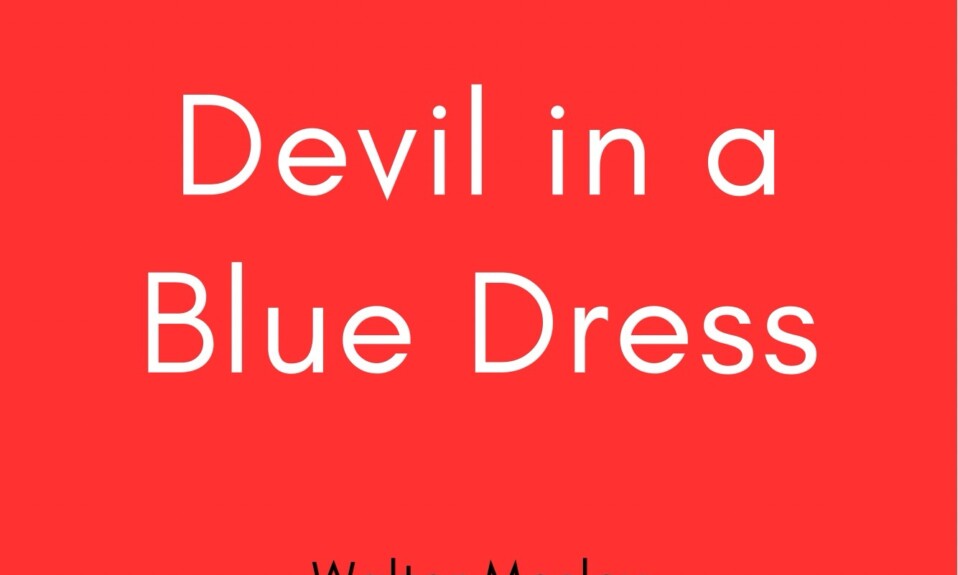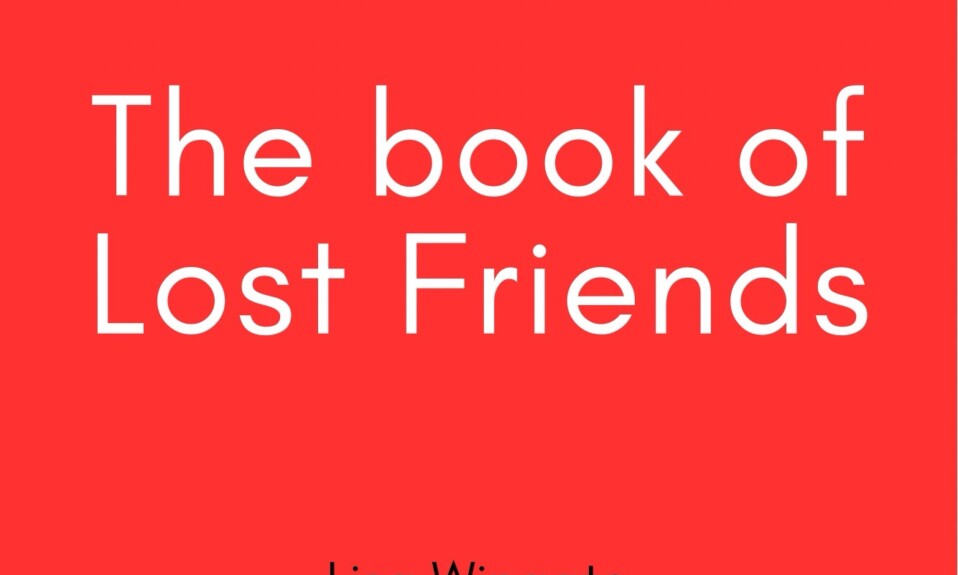
Overview: More Than a Bullying Story
Gordon Korman’s Restart isn’t just about a bully who gets amnesia—it’s a nuanced exploration of identity, second chances, and societal prejudice. After a fall erases his memory, Chase Ambrose, a middle school football star, must rebuild his sense of self while confronting the harm he caused. Korman uses multiple first-person narrators to dissect themes like accountability, forgiveness, and whether people can truly change.
Chapter-by-Chapter Breakdown [Restart by Gordon Korman ]
Chapter 1: The Blank Slate
- Plot Summary:
Chase wakes up in a hospital with no memory of his past. He discovers he was a notorious bully, feared by peers like Brendan Espinoza (a video club nerd) and Shoshanna Weber (whose brother Joel he tormented). His father, a former athlete, pressures him to reclaim his “alpha” persona, while his mother hopes the amnesia will soften him. - Key Literary Techniques:
- Multiple Perspectives: Korman introduces narrators like Brendan and Shoshanna to contrast Chase’s self-perception with others’ trauma.
- Foreshadowing: Chase’s discomfort around his old friends, Bear and Aaron, hints at their toxic influence.
- Symbolism: The hospital’s sterile environment mirrors Chase’s “blank slate” identity.
- Themes:
- Nature vs. Nurture: Is Chase’s bullying inherent or learned?
- Parental Pressure: His father’s obsession with athletic glory vs. his mother’s desire for empathy.
Chapter 2: Trust & Tension
- Plot Summary:
Chase struggles to reconcile his past actions (revealed through others’ stories) with his new self. He bonds with Brendan, who reluctantly gives him a job at a senior center. Meanwhile, Shoshanna remains hostile, fearing Chase’s “reform” is an act. - Key Conflicts:
- Chase vs. Himself: He grapples with guilt after learning he destroyed Brendan’s drone.
- Chase vs. Society: Teachers and classmates monitor him, waiting for him to “snap back” to bullying.
- Character Development:
- Brendan: Starts as a victim but shows courage by giving Chase a chance.
- Shoshanna: Her anger masks fear—she represents everyone scarred by Chase’s past.
- Symbolic Moment:
The senior center’s elderly residents (like Mr. Solway) reflect Chase’s journey—both are rebuilding identities.
Chapter 3: Irony & Revelation
- Plot Summary:
Chase’s athletic instincts resurface during football practice, unsettling him. He discovers he stole a Medal of Honor from Mr. Solway, a WWII veteran. Meanwhile, Bear and Aaron pressure him to revert to old habits. - Literary Highlights:
- Dramatic Irony: Readers know Chase’s past, but he’s oblivious, making his moral choices (returning the medal) more impactful.
- Parallelism: Chase and Mr. Solway both lost parts of themselves (memory/medal) and seek redemption.
- Pivotal Scene:
Chase returns the medal to Solway, defying his father’s expectations. This act symbolizes his rejection of toxic masculinity.
Chapter 4: Climax & Catharsis
- Plot Summary:
Chase’s friendship with the video club deepens, but Bear and Aaron sabotage their film project. A confrontation reveals footage of Chase’s past bullying, forcing the school to reckon with systemic enabling of jock culture. - Key Themes:
- Institutional Failure: Coaches and teachers ignored Chase’s behavior because he was a star athlete.
- Redemption: Chase publicly apologizes, but Korman leaves his acceptance ambiguous—not everyone forgives.
- Symbolic Ending:
The restored film project (a documentary about Mr. Solway) mirrors Chase’s journey: fragmented memories pieced into a new narrative.

Why This Novel Matters Today
Want to experience the full beauty of this novel? Get Restart Now on Amazon
- Bullying & Accountability: Challenges the idea that “kids will be kids”—bullies can change, but victims aren’t obligated to forgive.
- Identity in the Digital Age: Social media (Brendan’s videos) amplifies reputations, but also offers redemption.
- Parental Influence: Examines how parental pressure shapes behavior, for better or worse.
Explore More



